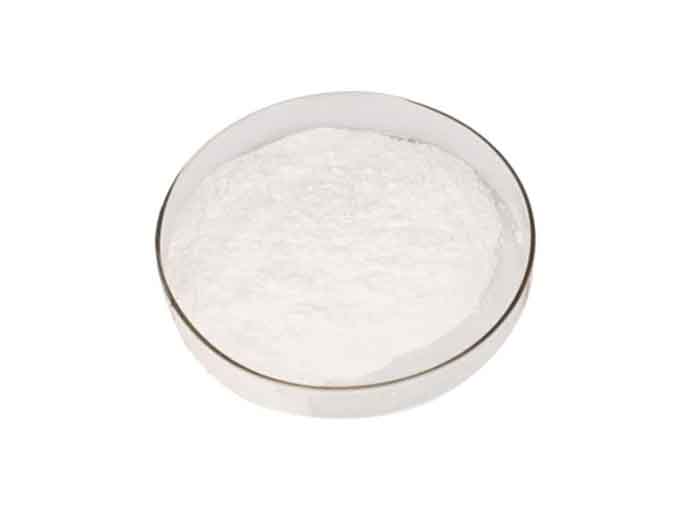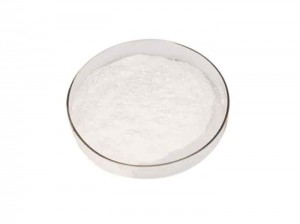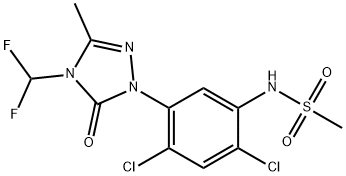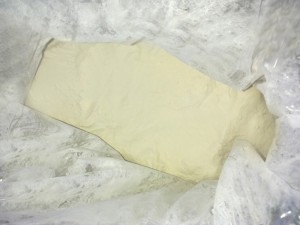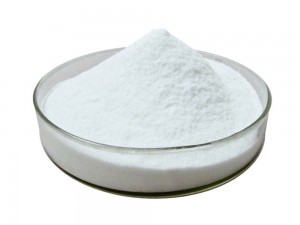Sulfentrazone
Sulfentrazone, Technical, Tech, 92% TC, 94% TC, 95% TC, Pesticide & Herbicide
Specification
|
Common Name |
Sulfentrazone |
|
IUPAC Name |
N-(2,4-Dichloro-5-(4-(difluoromethyl)-4,5-dihydro-3-methyl-5-oxo-1H-1,2,4-triazol-1-yl)phenyl)methanesulfonamide |
|
Chemical Name |
N-(2,4-Dichloro-5-(4-(difluoromethyl)-4,5-dihydro-3-methyl-5-oxo-1H-1,2,4-triazol-1-yl)phenyl)methanesulfonamide |
|
CAS No. |
122836-35-5 |
|
Molecular Formula |
C11H10Cl2F2N4O3S |
|
Molecular Weight |
387.19 |
|
Molecular Structure |
|
|
Specification |
Sulfentrazone, 92% TC, 94% TC, 95% TC |
|
Form |
Tan Solid. |
|
Melting Point |
121-123℃ |
|
Density |
1.21 g/cm3 (25℃) |
|
Solubility |
In water 0.11 (pH 6), 0.78 (pH 7), 16 (pH 7.5) (all in mg/g, 25℃). Soluble to some extent in acetone and other polar organic solvents. |
|
Biochemistry |
Protoporphyrinogen oxidase inhibitor (chlorophyll biosynthesis pathway). |
Product Description
● Mode of Action:
Herbicide absorbed by the roots and foliage, with translocation primarily in the apoplasm, and limited movement in the phloem.
● Uses:
Control of annual broad-leaved weeds, some grasses and Cyperus spp. in soya beans. Applied pre-emergence or pre-plant incorporated.
It is A low-toxicity herbicide. The excessive production of Protoporphyrin Xi, a photosensitizer, by inhibition of Protoporphyrin oxidase in plant cells leads to the production of reactive oxygen species in the cells, which eventually leads to the rupture of cell membrane, liquid cell membrane and so on. Apply to corn, sorghum, soybeans, peanuts and other fields, control thousand cattle, Amaranthus retroflexus, Chenopodium, Datura, Matão, Setaria, Xanthium, grass, Cyperus and other 1-year-old broadleaf weeds, grass weeds and sedge.
● Feature:
Sulfentrazone is an inhibitor of protoporphyrinogen oxidase. By inhibiting protoporphyrinogen oxidase, excessive protoporphyrin IX is produced in plant cells. The latter is a photosensitizer, which leads to the production of reactive oxygen species in the cell, which eventually leads to the rupture of cell membranes and cell membranes, and the leakage of intracellular lysate. Dry and die. The half-life of soil is 110-280 days, and it can be treated with stems and leaves and soil.
● Suitable for Crops:
Corn, sorghum, soybeans, peanuts and other fields to control morning glory, amaranth, quinoa, datura, crabgrass, setaria, cocklebur, goosegrass, citronella, and other one-year-old broadleaf weeds, gramineous weeds and Cyperus etc.
● Safety:
It is safe for the next cereal crops, but has certain phytotoxicity to cotton and sugar beet.
● Packing in 25KG/Drum or Bag


